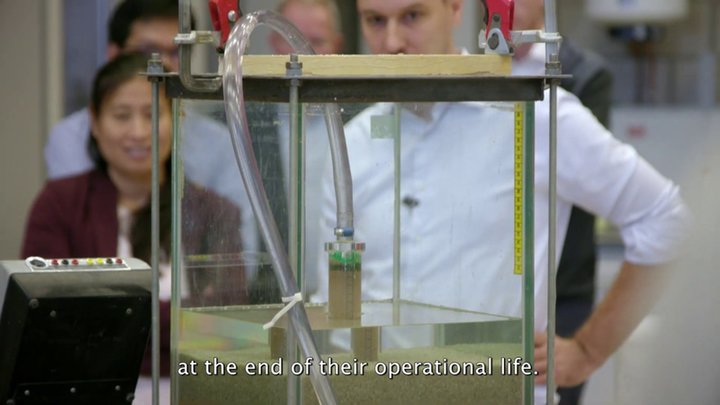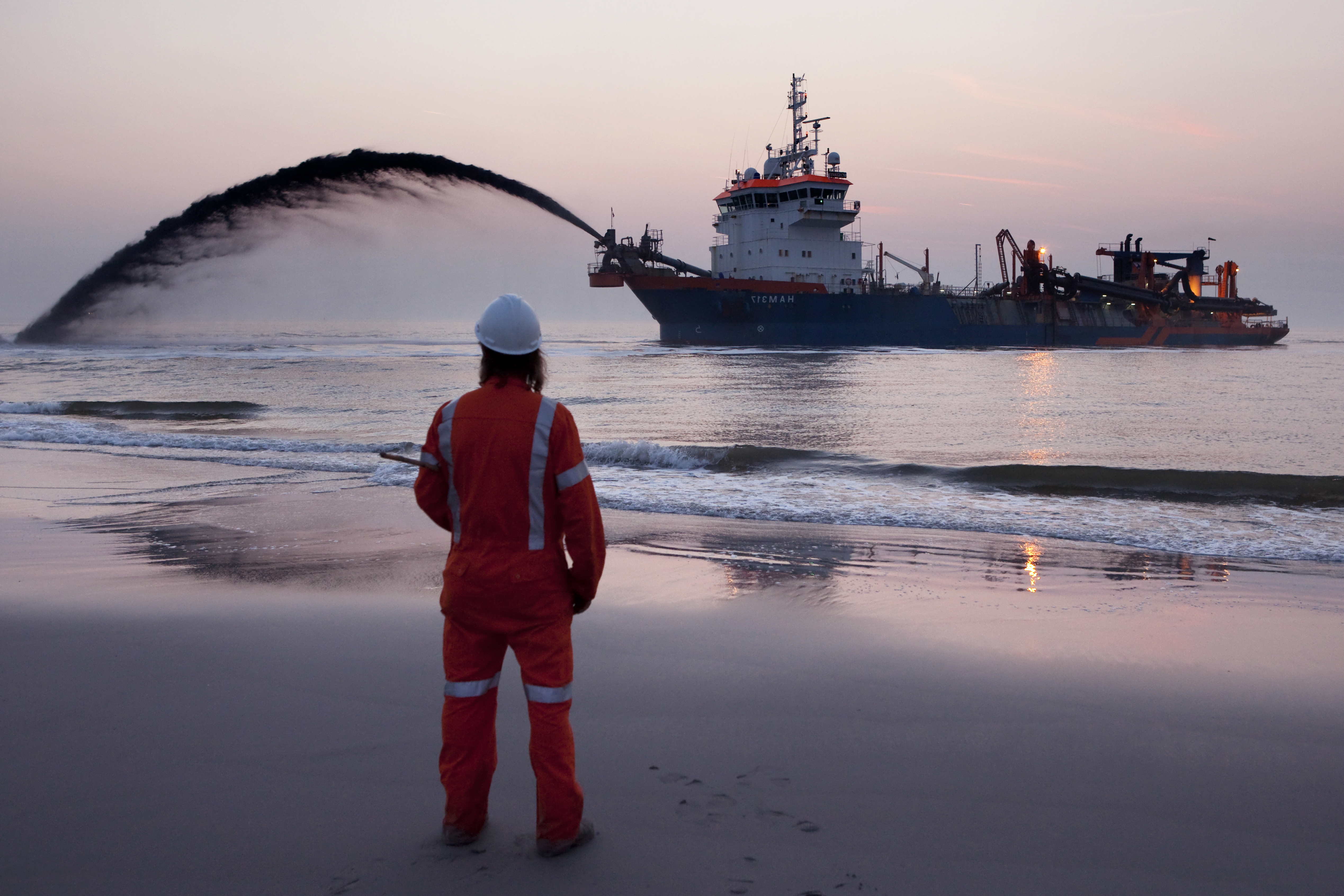Climate-resilient Silk Road in Kazakhstan
A journey on the M36 can be quite a challenge in Kazakhstan’s steppe climate. Sections of the road have now been widened in line with the ambition of a new Silk Road. But the country’s climate, with floods and snow storms among other things, too often lead to dangerous situations on and around the road. Some sections can even be closed off due to weather related hazards.
Kosmolets
Almaty
Total
2.100 km
Kazachstan
The M36, is already one of the most important roads in the country forming one of the main transport routes through the country. The World Bank supports the idea to transform the major corridors into a new climate-resilient road in Kazakhstan: more transport with fewer delays and risks. This reconstruction of the road corridor is partially financed by the World Bank as a part of East-West Roads Project (EWRP).
Determination of the main risks
“Reconstruction of the M36 is already in progress but adaptations are still possible. Working with the national road authorities, we looked at how we can make further changes to reduce the risks for road users. For example with a detailed precipitation runoff model (Wflow) we identified the flood hot spots for 1200 kilometres of road. “In these places, local increases in water-drainage capacity could prevent problems”, says Thomas Bles, the project leader and an expert on climate-resilient infrastructure.
“Another major risk results from the snowdrifts in the winter months. If no measures are taken in the vulnerable locations, snow dunes could form there. They can block the road completely but also sometimes stop meltwater flowing away,” says Bles. A GIS analysis was conducted to determine where these snow dunes can form along the road. The conditions around the road are important in this method: How steep and high is the slope on the edge of the road? What is the orientation of the road in relation to the prevailing wind direction in winter? Are there obstacles alongside the road? etc. Those are important factors in terms of deciding what you can do, and where.
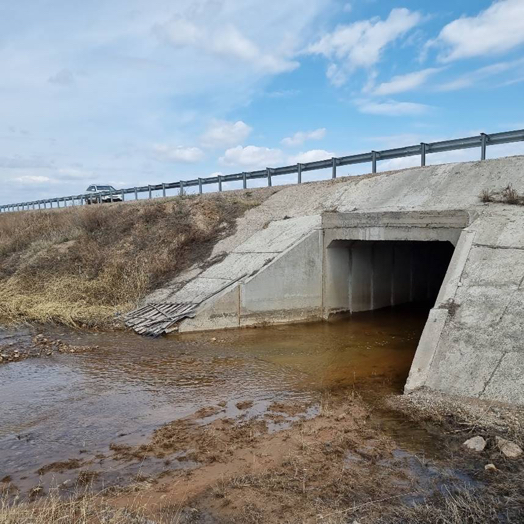

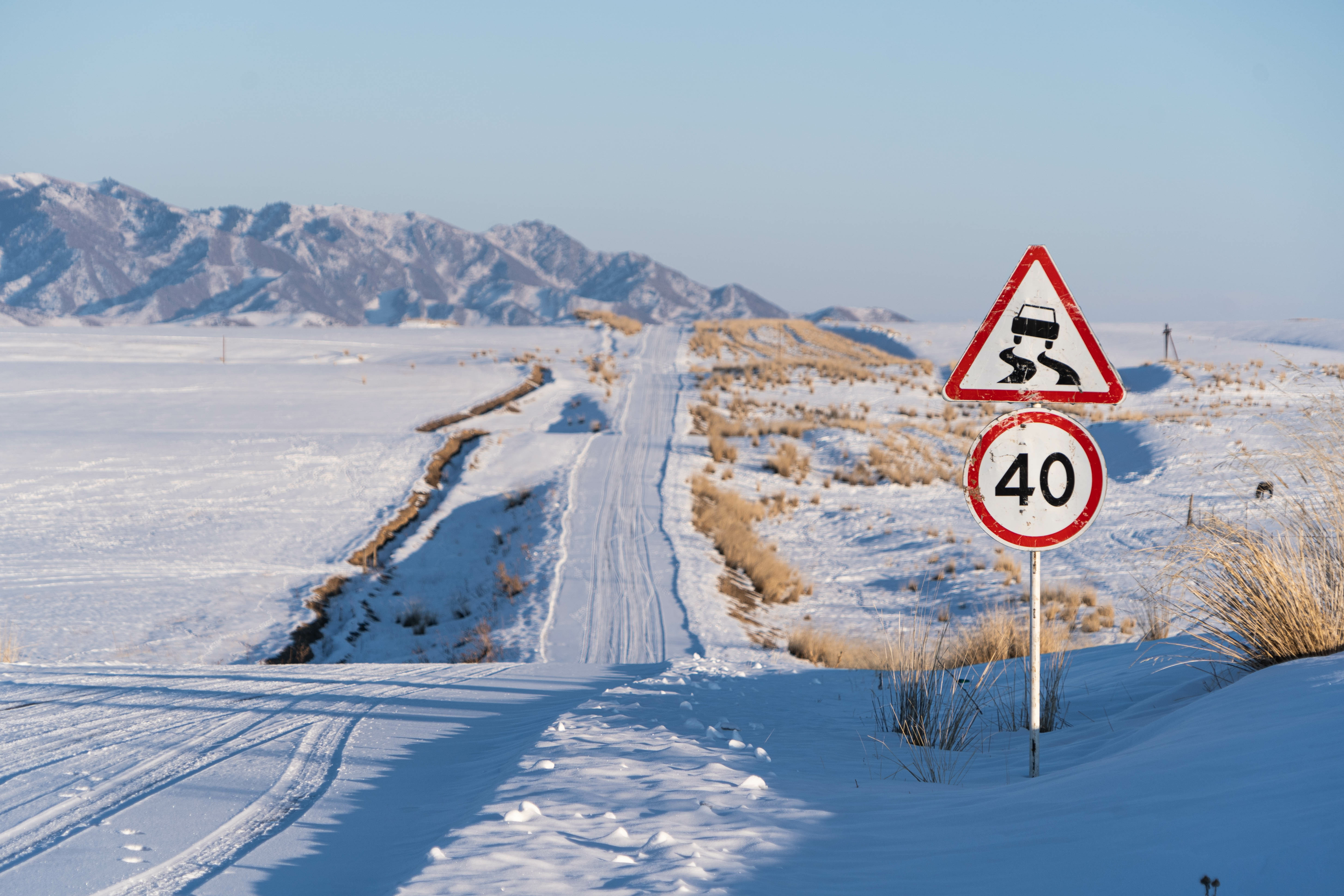
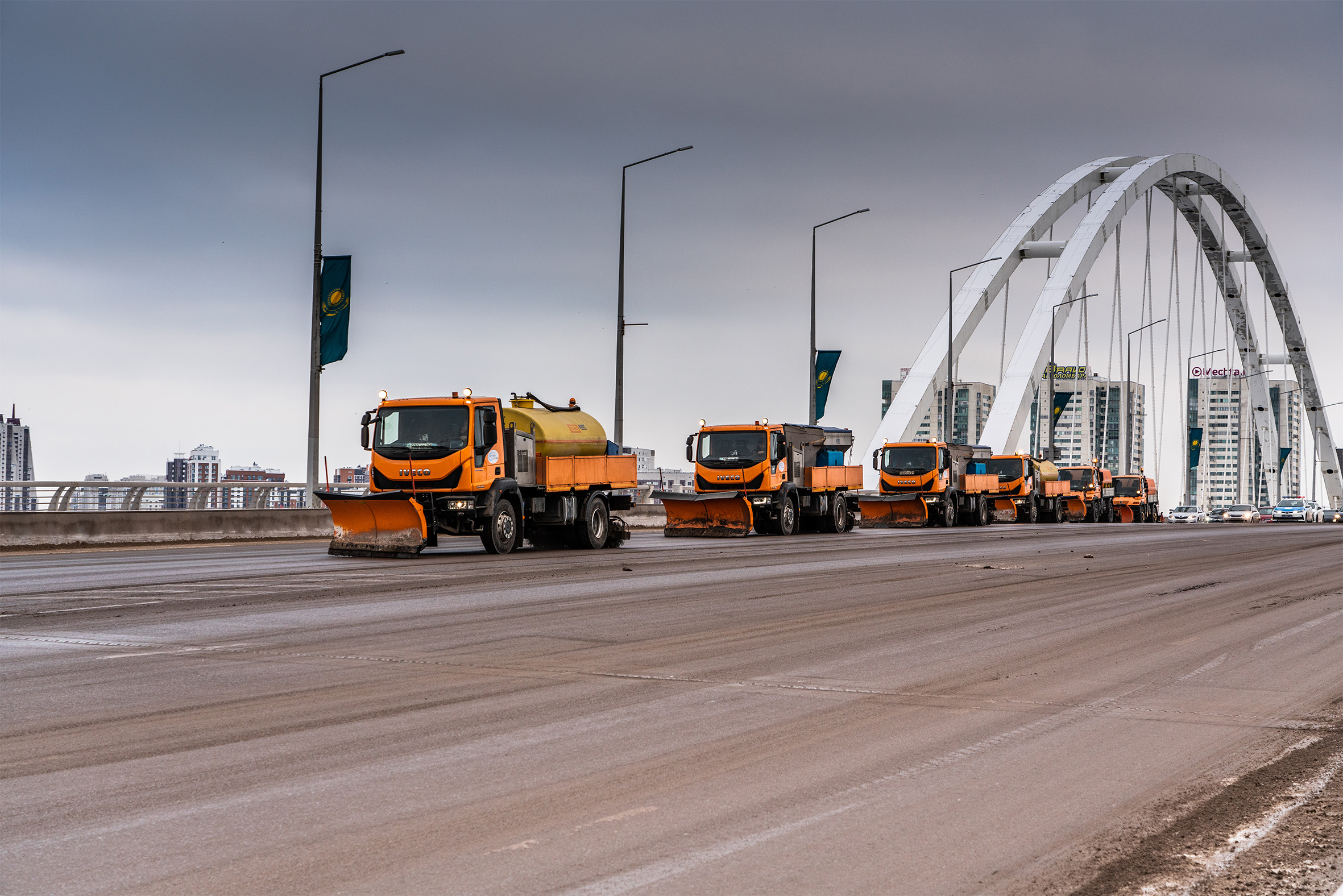
The M36 has many different aspects, and therefore many different bottlenecks.
Climate- and future-resilient
In addition to a report about where the risks are located, recommendations to mitigate the risks are also given for an number of pilot locations. These also take the life cycle of the road into account. “Some measures could be implemented straight away, others make more sense to take during major maintenance”. For example: to prevent or control the formation of snow dunes, snow fences or rows of trees are recommended as a measure at strategic locations. Recommendations for the initial design for such snow protection measures also follow from the project.
Moreover the approach was designed in a way so that it can also be used for other roads in Kazakhstan. This makes training how to conduct such analyses important. Of course, training and courses have also been conducted for various road authorities to help implement the project results in the organisation. “Finally, I would like to mention that, due to the circumstances of the past eighteen months, we were obviously not able to get to the location. So a lot was done online. Our local partner Witteveen + Bos Caspian was in Almaty and Nur Sultan, and they were essential as our eyes and ears for this report”.
